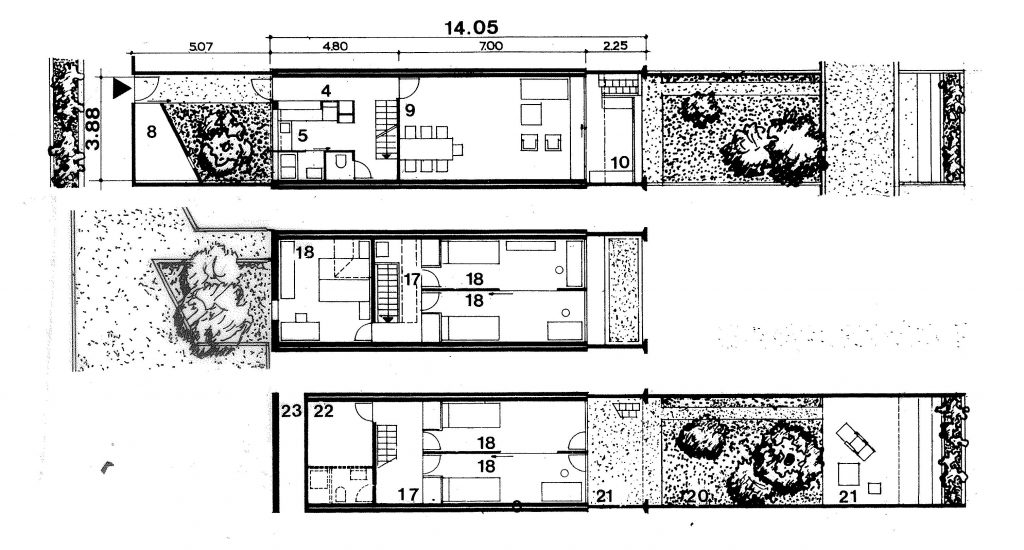
Name
João Valério, Independent researcher and architect
Project title
“Modernist villages – Low rise / high density buildings in Switzerland 1950-80”
What brings you to Columbia’s Oral History Archives?
Five interviews made in 2013 to former partners of Atelier 5, a Swiss architecture studio with a relevant corpus of work in low rise / high density housing.
How long have you been using oral history materials (for this and/or previous research)?
I’ve only used once before, with a British architect, however it would be an important resource, if more of those kind of oral history records existed [or can be created].
What have you found? Did you come to know this material was located in our archive?
I’ve discovered the interviews were stored in the Columbia Center for Oral History and immediately thought it would be a relevant piece of information to recover, possibly providing additional insights to the architects’ minds. The reality was even more extraordinary, as the interviews have a significant length and cover a wide range of topics, providing useful and varied information. This means that the oral history records allowed to discover additional layers of significance on the projects, considering that they do offer not only a specific and focused approach to the buildings, but also contextual information that enriches the research input data.
What have you found that’s surprised or perplexed you?
Mostly the entire interviews are a surprising source of stories, some of them about curious situations, others about practical things that happened several decades ago and that changed the direction of the projects, etc. It’s interesting to understand the moves behind the architecture studio “curtain”, like in a stage where you sometimes only see the final result.
Here it’s possible to feel the arduous hours of work that preceded the construction site, the projects, the risks that were taken, the chances that appeared. All of this makes a special backdrop for the research, providing a special insight into the mind of some of the Atelier 5 architects.
Apart from this, it’s also a relevant historical tool because some architects are no longer among us or able to concede an interview. This means that the only option is to find related bibliography – in this case quite restricted in quantity; the oral history interviews surely complement that bibliography by adding a relevant source of information, as an historical record of a specific moment in time.
What advice do you have for other researchers or students interested in using RBML’s special collections (especially remotely)?
Collaborating with other people and sharing knowledge are some of the most interesting and beautiful things in research work. If we get the opportunity to peer through the collections – remotely being quite more difficult – we can discover a wide range of useful resources.
With the good will of everyone it’s possible to turn into a sharing culture, instead of a commercial view of culture.
This not only allows a better research output and a larger knowledge use, but also better and deeper relations between people around the world. Finding in the Columbia Center for Oral History helpful, dedicated and friendly people allowed those valuable oral history records to be shared, contributing to the growth of knowledge. It is relevant for a better research – for this specific project – but also, in a metaphorical way, it expresses the desire to expand the reach of the archives into a place where they can be used and appreciated, not only stored.